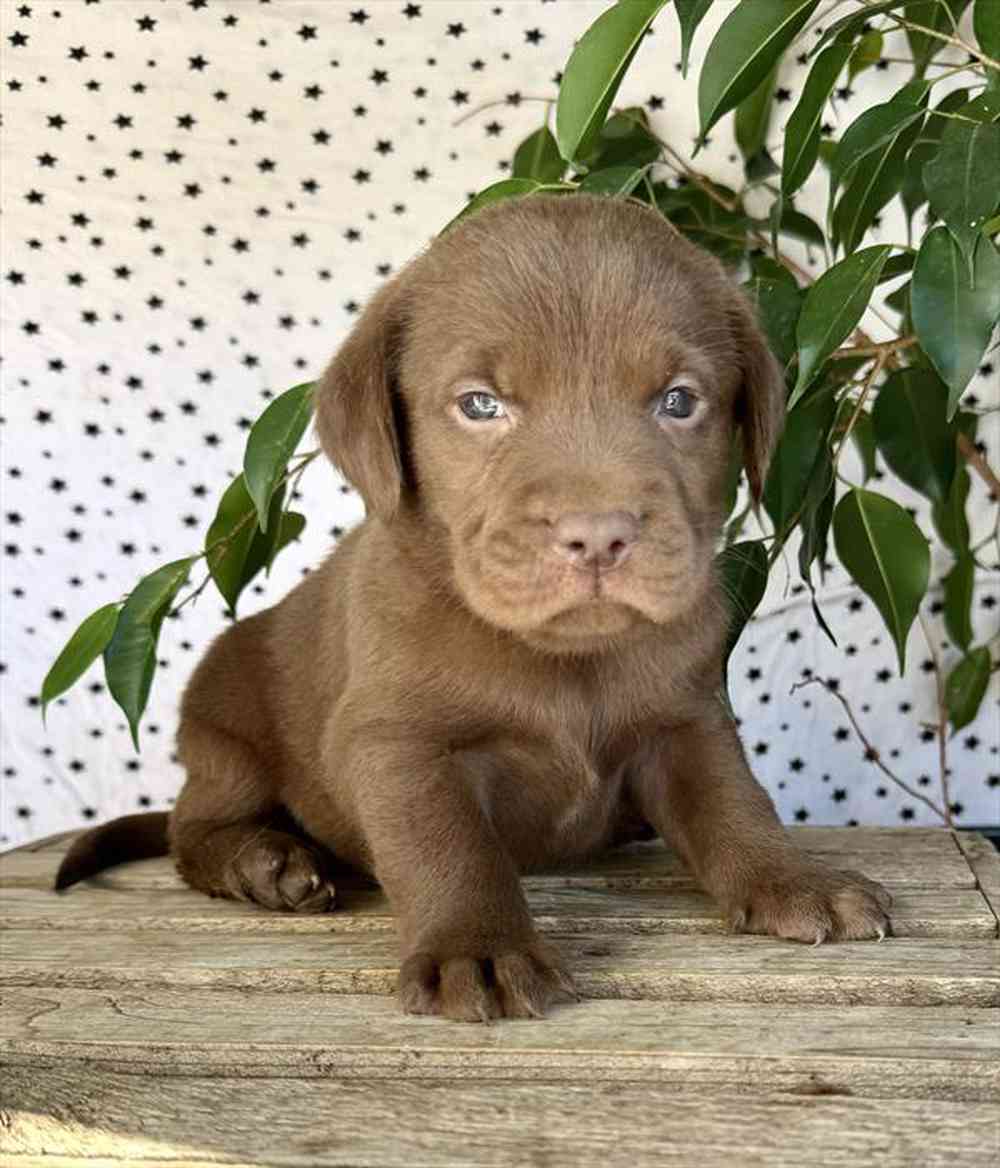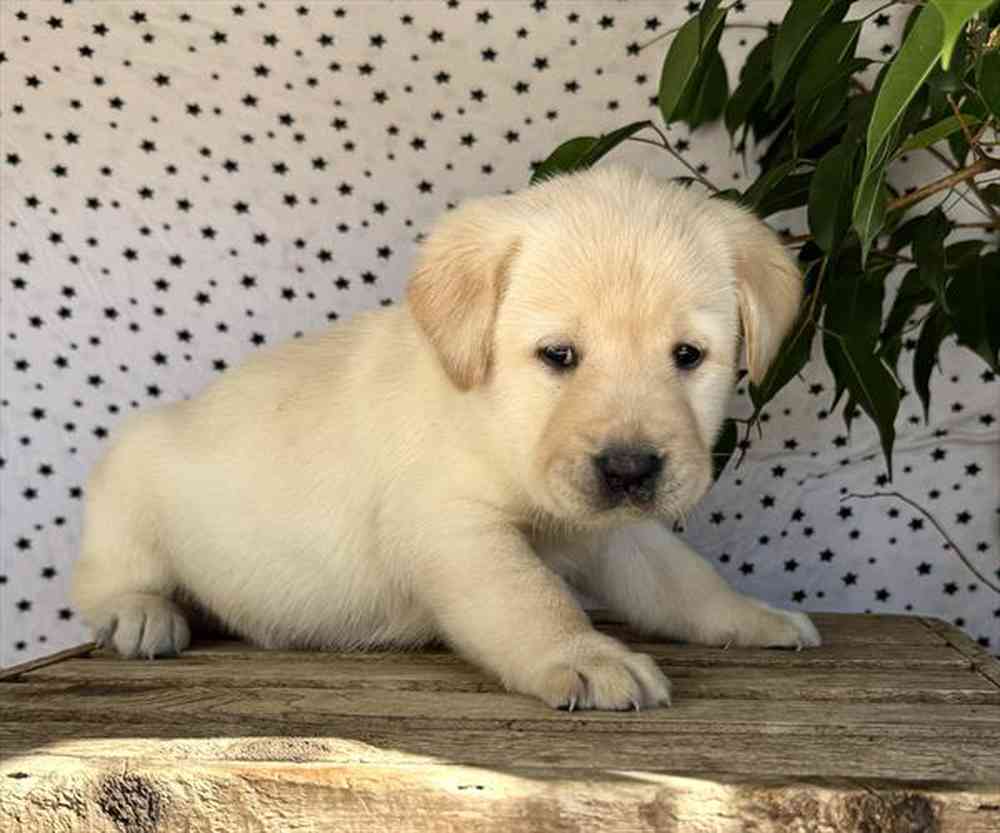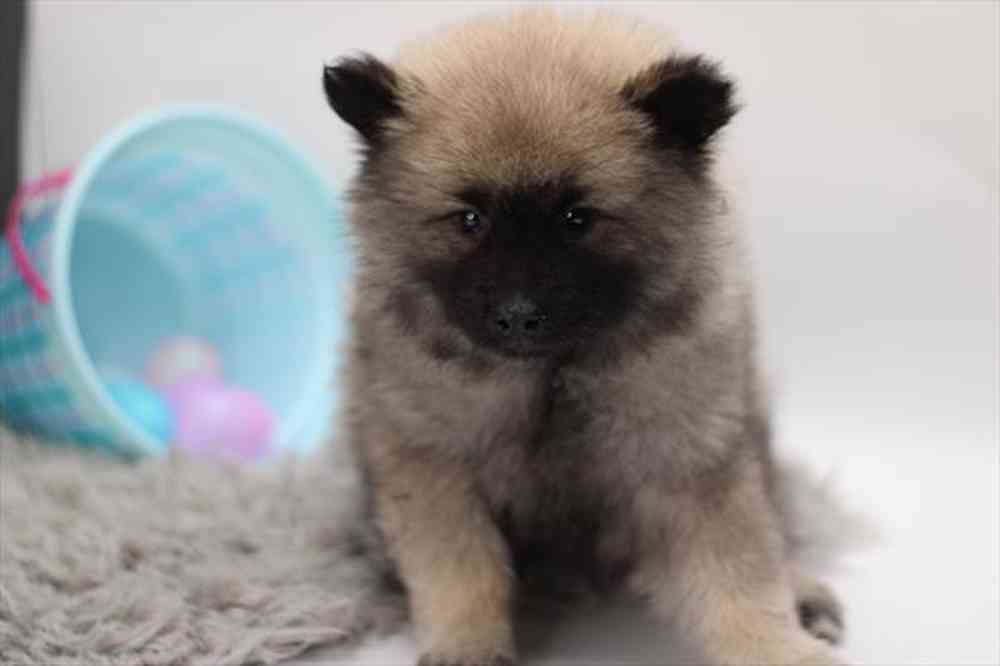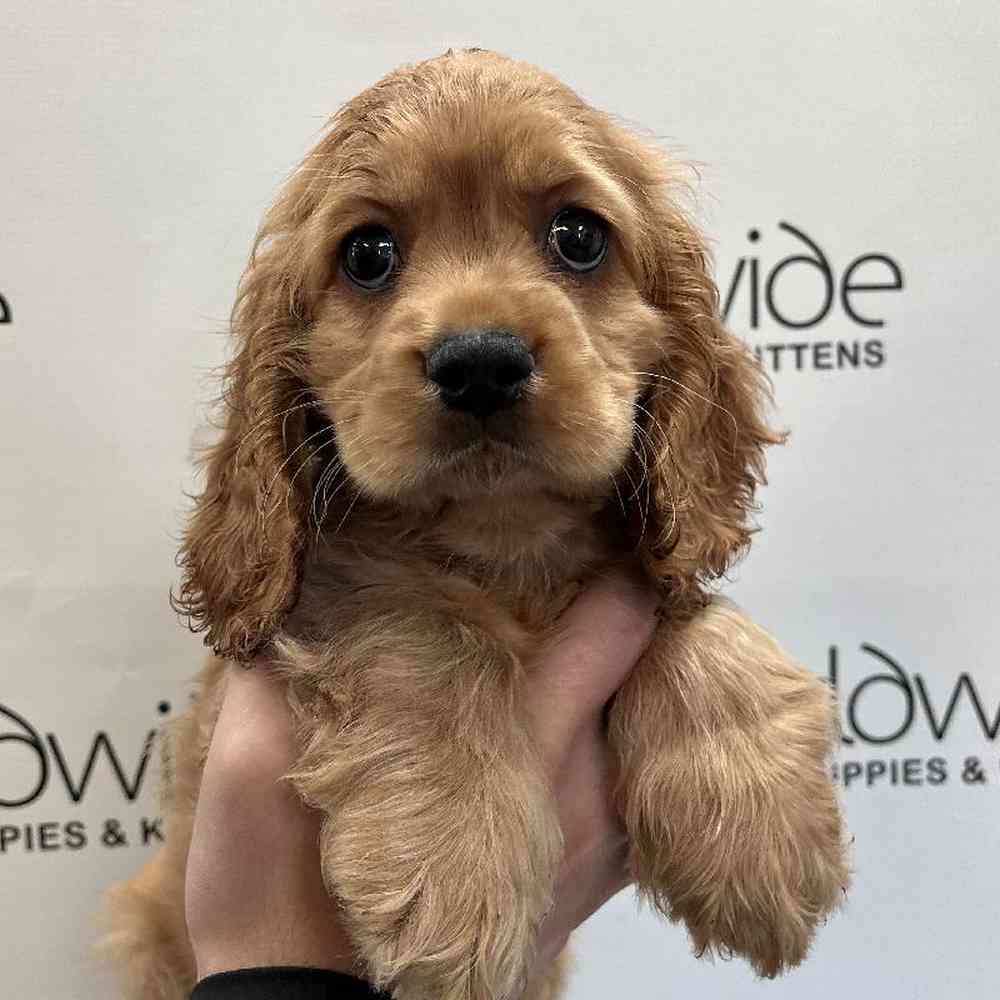
AKC Registrable
Vizsla
The Vizsla is a versatile, red-coated gundog built for long days in the field. For centuries, these rugged but elegant athletes have been the pride of Hungarian sportsmen and their popularity in America increases with each passing year. Puppies for sale in Long Island, New York.
Available Puppies
Puppy Knowledge
Breed Standard
General Appearance
That of a medium-sized, short-coated, hunting dog of distinguished appearance and bearing. Robust but rather lightly built, the coat is an attractive shaded golden rust. Originating in Hungary, the Vizsla was bred to work in field, forest and water. Agile and energetic, this is a versatile dog of power, drive and endurance in the field yet a tractable and affectionate companion in the home.
Size
The ideal male is 22 to 24 inches at the highest point over the shoulder blades. The ideal female is 21 to 23 inches. Because the Vizsla is meant to be a medium-sized hunter, any dog measuring more than 1½ inches over or under these limits must be disqualified.
Head
Lean and muscular. Skull moderately wide between the ears with a median line down the forehead. Stop between skull and foreface is moderate. Foreface or muzzle is of equal length or slightly shorter than skull when viewed in profile, should taper gradually from stop to tip of nose. Muzzle square and deep.
Neck, Topline, Body
Neck strong, smooth and muscular, moderately long, arched and devoid of dewlap, broadening nicely into shoulders which are moderately laid back. This is mandatory to maintain balance with the moderately angulated hindquarters. Body is strong and well proportioned. Withers high. While the Vizsla may appear square, when measured from point of breastbone to point of buttocks and from the highest point over the shoulder blades to the ground, the Vizsla is slightly longer than tall. A proper proportion of leg length to body length is essential to the desired overall balance of the Vizsla.
Forequarters
Shoulder blades proportionately long and wide sloping moderately back and fairly close at the top. Upper arm is about equal in length to the shoulder blade in order to allow for good extension. Forelegs straight and muscular with elbows close. Feet cat-like, round and compact with toes close. Nails brown and short. Pads thick and tough. The removal of dewclaws, if any, on front and rear feet, is strongly recommended, in order to avoid injury when running in the field.
Hindquarters
Hind legs have well developed thighs with moderately angulated stifles and hocks in balance with the moderately laid back shoulders. They must be straight as viewed from behind. Too much angulation at the hocks is as faulty as too little. The hocks are let down and parallel to each other.
Coat
Short, smooth, dense and close-lying, without woolly undercoat. A distinctly long coat is a disqualification.
Color
Golden rust in varying shades. Lighter shadings over the sides of the neck and shoulders giving the appearance of a "saddle" are common. Solid dark mahogany and pale yellow are faulty. White on the forechest, preferably as small as possible, and white on the toes are permissible. Solid white extending above the toes or white anywhere else on the dog except the forechest is a disqualification.
Gait
Far reaching, light footed, graceful and smooth. When moving at a fast trot, a properly built dog single tracks.
Temperament
Affectionate, Gentle, Energetic
Overview
Group
Sporting
About
The Vizsla is easily recognized by his sleek golden-rust coat. They can stand between 21 to 24 inches at the shoulder and are the picture of a lean, light-footed hunter’s companion. The long, silky ears frame a facial expression that is sensitive and loving around the house and intense when at work. As a hunter expected to work closely with humans, Vizslas form a tight bond with their owners and hate to be left alone. Athletes of many talents, Vizslas excel at various sports and activities. They are eager and graceful trotters of great stamina, making them ideal jogging or biking companions. An expert on the breed tells us, “If you don’t have the time to encourage this breed’s full use of its brain, you’re wasting a good dog.”
History
The Magyar people bolted from the Russian steppes sometime in the mid-800s and for 50 years ravaged Western Europe. These brutal marauders rampaged across the continent on horseback, leaving in their wake a wide swath of death and destruction. They ranged as far west as Paris and as far south as the toe of Italy, before settling in what is now Hungary. The supremacy of Magyar cavalry was predicated on three qualities: speed, agility, and toughness. Accordingly, Magyar warriors carefully bred these qualities into their horses—and their dogs. In this lightning-fast kingdom on horseback, it was either keep up or perish. The Magyars’ nimble red dogs, ancestors of the modern Vizsla, kept up. Over centuries, Hungarian nobles and warlords refined these dogs and set the type of the modern Vizsla. The breed became famous as a swift, all-purpose hunting dog who could do just about anything asked. In modern times, that eagerness has won Vizslas generations of American fans. The first Vizsla to come to America, in 1950, was smuggled out of Communist Hungary with the help of a U.S. State Department employee. Fifty years later, a Vizsla named Chartay became the first dog in AKC history to earn championships in five different sports—a quintuple champion. It’s no wonder that the words “versatile” and “Vizsla” so often appear in the same sentence.
Standard
That of a medium-sized, short-coated, hunting dog of distinguished appearance and bearing. Robust but rather lightly built, the coat is an attractive shaded golden rust. Originating in Hungary, the Vizsla was bred to work in field, forest and water. Agile and energetic, this is a versatile dog of power, drive and endurancein the field yet a tractable and affectionate companion in the home. It is strongly emphasized that field conditioned coats, as well as brawny or sinewy muscular condition and honorable scars indicating a working and hunting dog are never to be penalized in this dog. The requisite instincts and abilities to maintain a “dual dog” are always to be fostered and appreciated, never deprecated.
Nutrition
The Vizsla should do well on a high-quality dog food, whether commercially manufactured or home-prepared with your veterinarian’s supervision and approval. Any diet should be appropriate to the dog’s age (puppy, adult, or senior). Most Vizslas are good eaters, and there is considerable variation in individual dogs’ caloric needs; a young, active dog may require four or five cups each day of a high-calorie food, while older or less active dogs may need less than half that quantity. Some dogs are prone to getting overweight, so watch your dog’s calorie consumption and weight level. Treats can be an important aid in training, but giving too many can cause obesity. Learn about which human foods are safe for dogs, and which are not. Check with your vet if you have any concerns about your dog’s weight or diet. Clean, fresh water should be available at all times.
Grooming
Vizslas have a short, sleek coat with no undercoat, so they don’t require complicated grooming. They do shed, and occasional brushing with a rubber grooming brush is helpful. When they get especially dirty (or when they roll in something smelly), they will need a bath with lukewarm water, a good-quality dog soap, and thorough rinsing. It is important to keep the toenails short, either with a clipper or with a grinding tool. Ears should be checked frequently for dirt, wax build-up, or signs of irritation. Regular use of a mild ear-cleaning product will help prevent problems. To keep teeth and gums healthy, regular cleaning is recommended; use a product formulated for dogs (not human toothpaste).
Exercise
Vizslas were bred to be active hunting dogs, and they need both physical and mental exercise. Individual dogs’ needs vary, but, in general, owners should plan on a minimum of 30 minutes of active exercise daily—and some dogs will need more than that. In addition to leash walks and games of fetch, most Vizslas need opportunities to run hard off-leash on a regular basis. Mental exercise is as important as physical activity, so training should be part of their routine. Vizslas can be excellent running or jogging companions, with the caveat that young dogs should not run long distances until they reach maturity at about 18 to 24 months. Older Vizslas typically remain active and playful.
Training
Vizslas need consistent, positive training, starting in puppyhood. They are highly intelligent, curious, and sometimes manipulative, so owners need to establish solid communication and teach good behavior. Untrained Vizslas are hard to live with. They can find many creative ways get into trouble if they don’t have a “job.” Fortunately, they typically love training and thrive on the attention they receive. This is a sensitive breed, so early and ongoing socialization is important to make sure the dog has the confidence to enjoy various activities. With good socialization and consistent training, there are countless ways to have fun with these versatile dogs, including field trials, hunting tests, conformation, obedience, rally, agility, dock diving, barn hunts, lure coursing, scent work, and tracking.
Health
Vizslas are generally a healthy breed. A typical lifespan is about 12 to 15 years. As in all breeds—and in mixed breeds—cancers are a concern. Responsible breeders screen their stock for health conditions such as such as seasonal allergies; eye disorders, including melanosis or entropion; hip dysplasia; epilepsy; and ear infections. Careful breeders do their homework ahead of time for the best odds of producing sound, healthy pups.




